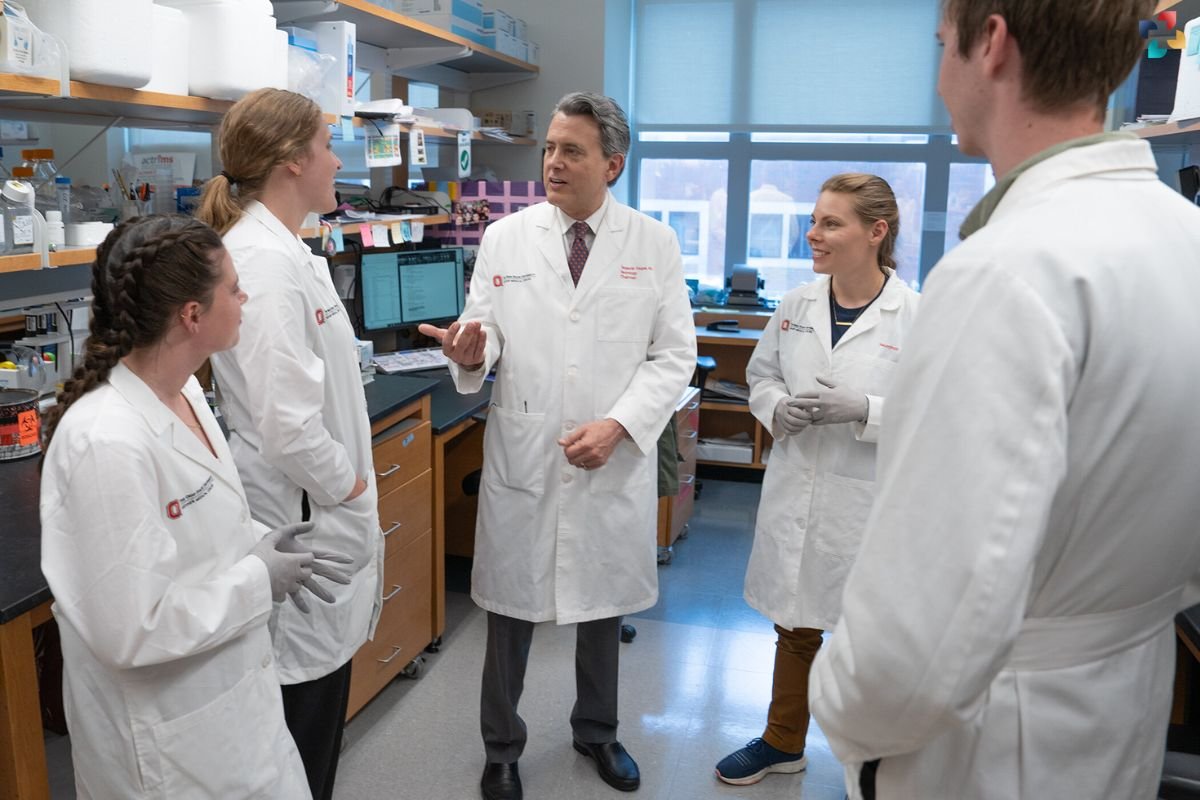Source-Medical-Xpress
Neuroscientists at Ohio State University have identified a unique type of human white blood cell capable of regenerating nerve fibers, marking a groundbreaking advancement in medical science. This significant discovery, recently published in the journal Nature Immunology, offers new hope for treating neurological damage that has long been considered irreversible.
White Blood Cells’ Potential in Nerve Fiber Regeneration
“Dying nerve cells are typically not replaced, and damaged nerve fibers do not normally regrow, leading to permanent neurological disabilities,” stated Benjamin Segal, MD, the study’s corresponding and senior author. Segal, who is a professor and chair of the department of neurology at The Ohio State University Wexner Medical Center and College of Medicine, emphasized the importance of this research in potentially reversing these conditions. The team found that bone marrow cells could be transformed into potent healing agents. By stimulating these cells with specific molecules in the laboratory, they converted them into pro-regenerative cells capable of aiding damaged nerve cells in survival and regrowth.
Hope for Neurological Damage
Segal and his team aim to develop treatments using these specially transformed cells to repair damage in the optic nerve, brain, and spinal cord, thereby restoring lost neurological functions. This approach could revolutionize treatment for conditions caused by spinal cord injuries, optic nerve damage, brain injuries, and degenerative neurological diseases like ALS, Alzheimer’s, and multiple sclerosis. Four years ago, Segal’s team made a pivotal breakthrough using mice, setting the stage for this current advancement and providing hope for millions affected by these conditions.
“Our new study shows that patients’ own cells can likely be used to deliver safe and effective treatments for these devastating conditions,” explained co-first author Andrew Jerome, PhD, a key member of Segal’s research team. This personalized approach could significantly improve treatment efficacy and safety, reducing the risk of rejection or adverse effects associated with donor cells.
Moving Towards Clinical Trials
In their recent experiments, Segal’s team generated pro-regenerative cells from the bone marrow of eight different human donors. Remarkably, cells from all donors successfully promoted human nerve cells to regenerate nerve fibers, tripling the survival rate of stressed nerve cells. This breakthrough suggests these cells could not only slow or prevent the progression of degenerative neurological conditions but also reverse injury and restore function.
The next steps for Segal’s team involve developing the most efficient methods of growing and delivering these pro-regenerative cells to patients. This critical phase aims to pave the way for clinical trials and ultimately, accessible treatments. “Treatments that bring improvements for patients that once seemed impossible are now on the horizon,” Segal said. The research team’s ongoing efforts continue to advance the possibilities of restoring neurological function, heralding a new era in medical science.
Visit The Lifesciences Magazine For More.







